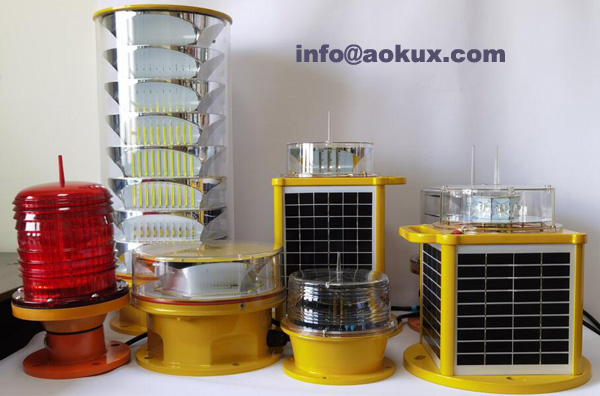
As the world's demand for renewable energy continues to rise, wind power has emerged as one of the key contributors to sustainable electricity generation. With its numerous benefits, including reduced greenhouse gas emissions and minimal water consumption, wind energy has gained significant momentum globally. However, ensuring the safety of wind turbines is crucial for their successful integration into the energy landscape. In this regard, obstruction lighting plays a vital role by enhancing visibility and preventing collisions with these towering structures. This article delves into the significance of obstruction lighting for wind turbines and explores its impact on aviation safety.
The Need for Obstruction Lighting in Wind Energy:
Wind turbines can reach impressive heights, often exceeding 100 meters. Their presence amidst low-visibility conditions, such as fog or darkness, poses a potential risk to aircraft navigating nearby. Thus, obstruction lighting acts as an essential warning system, alerting pilots to the presence of these structures and allowing them to adjust their flight paths accordingly. By mitigating the risk of collisions, obstruction lighting promotes safety for both air travel and wind energy production.
Types of Obstruction Lighting Systems:
To effectively warn pilots of wind turbine locations, various types of obstruction lighting systems are employed. These systems generally include three categories of lights: red lights, white lights, and medium-intensity white strobe lights. The red lights, known as aviation obstruction lights, serve as a standard signal for pilot awareness during nighttime operations. White lights, also known as side marker lights, provide continuous illumination along the outline of the wind turbine structure. Lastly, the medium-intensity white strobe lights emit bright flashes capable of capturing attention from afar, further improving visibility.

Regulatory Framework and Guidelines:
To ensure uniformity and compliance across wind farms, regulatory bodies have established guidelines regarding obstruction lighting. Organizations such as the International Civil Aviation Organization (ICAO) and the Federal Aviation Administration (FAA) provide standards and recommendations governing the design, installation, and maintenance of obstruction lighting systems. These guidelines stipulate aspects such as light intensity, flash rates, and color specifications to maximize visibility and prevent confusion among pilots.
|
wind turbine obstruction lighting |
wind turbine obstruction lighting |
 Previous:
Obstruction Beacons from Aokux
Previous:
Obstruction Beacons from Aokux